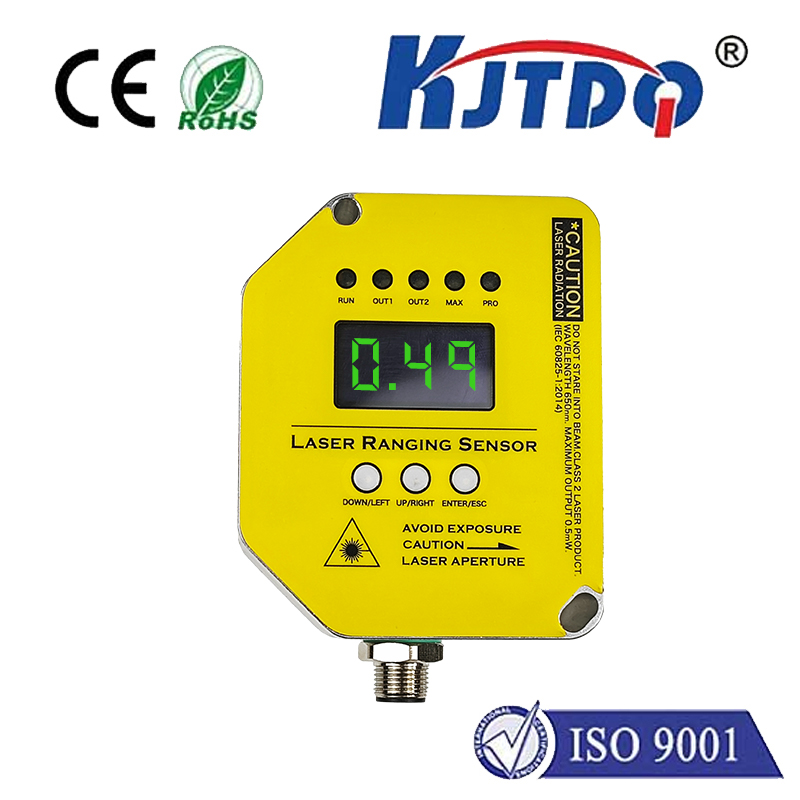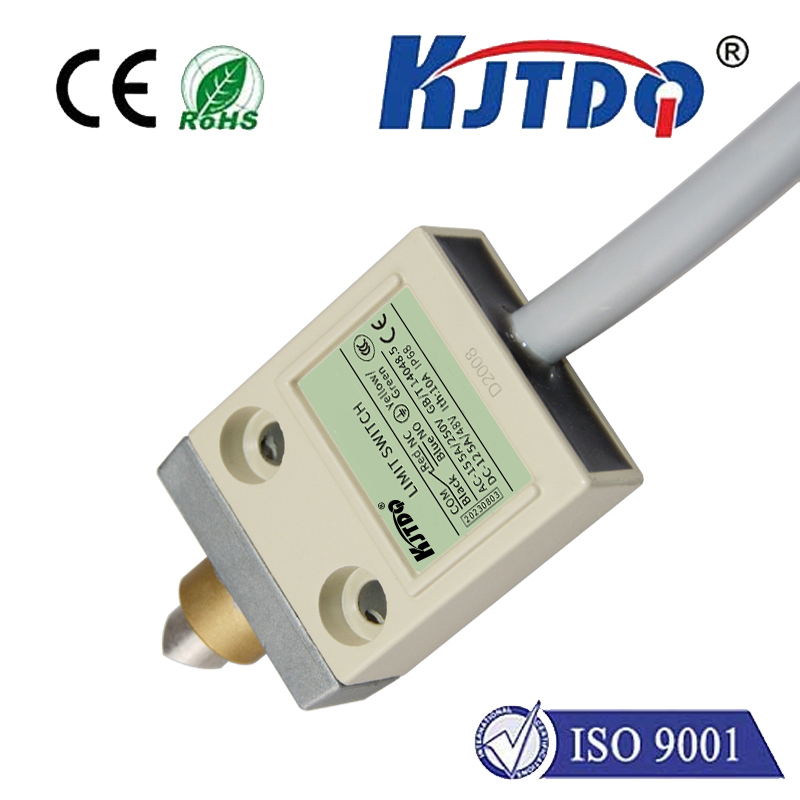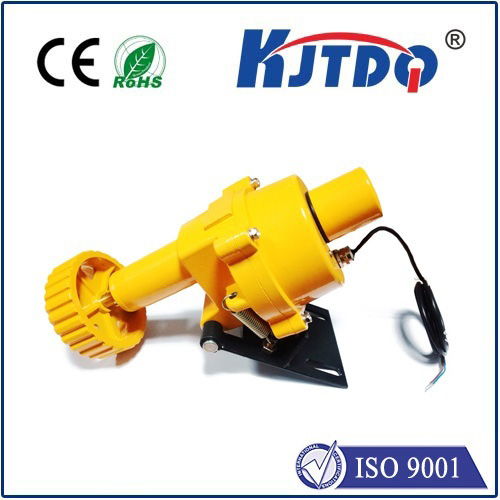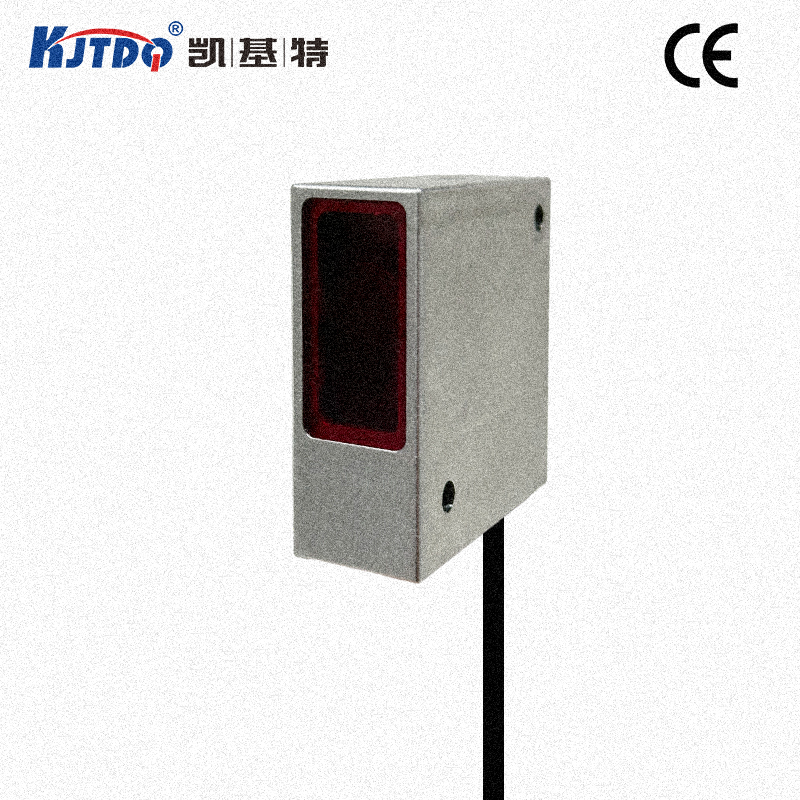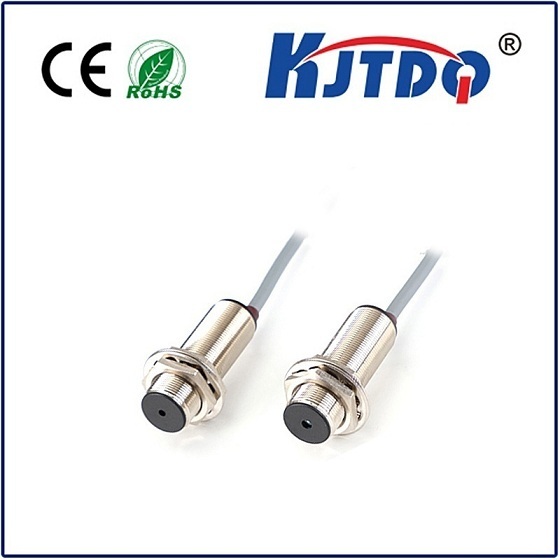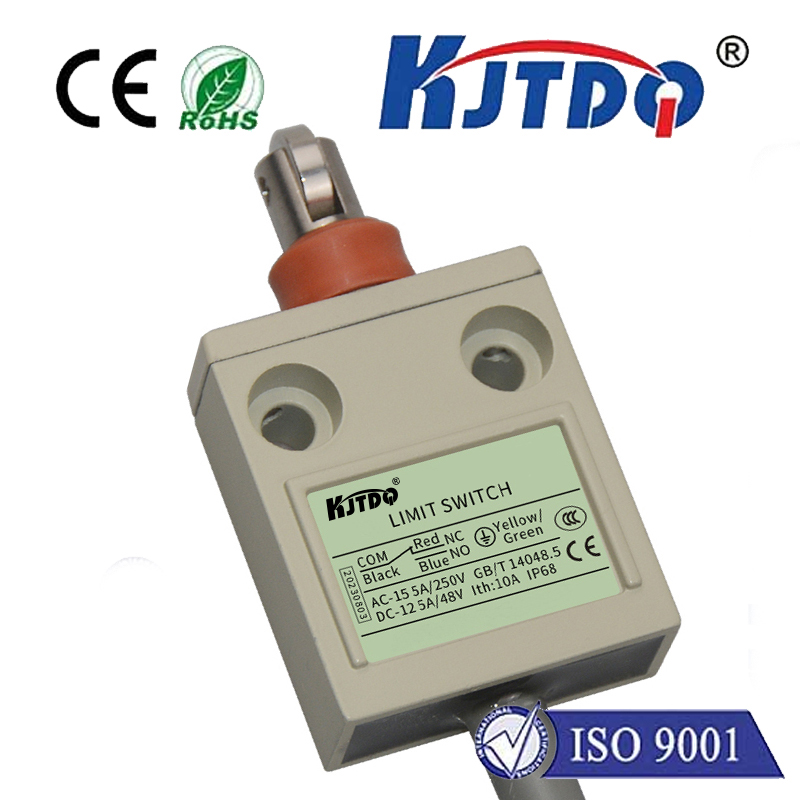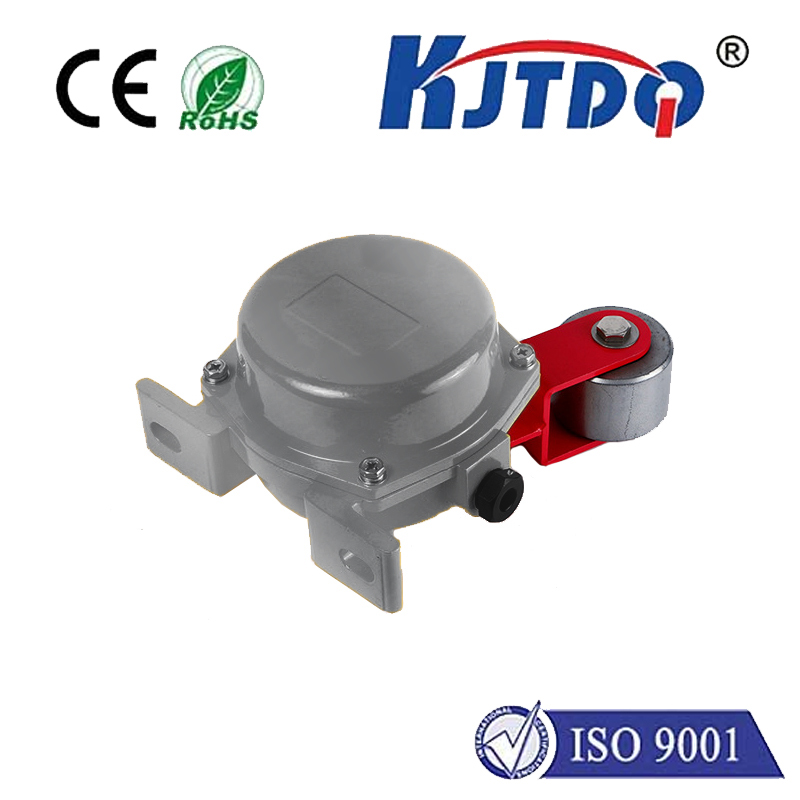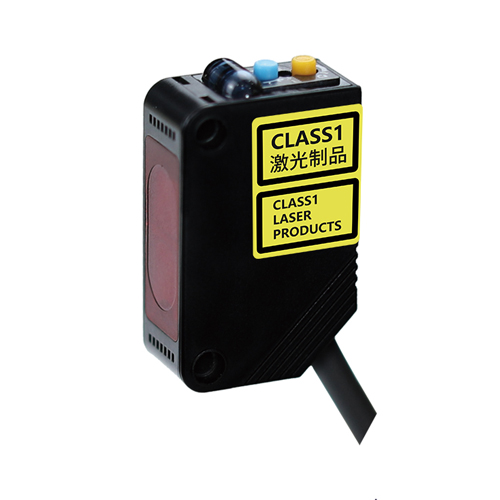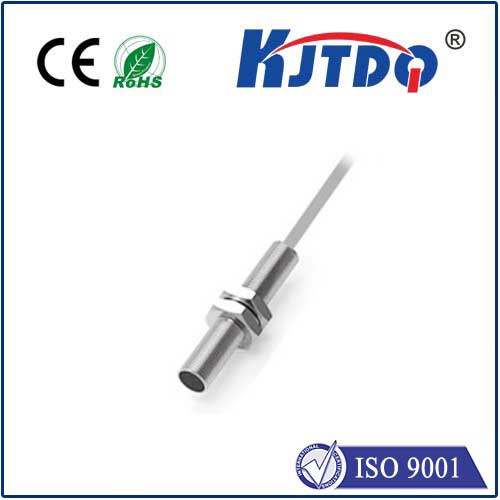proximity sensor on
- time:2025-07-16 08:09:53
- Click:0
Beyond the Blink: The Crucial Role of Your Activated Proximity Sensor
Proximity Sensor On. That simple notification, often glimpsed in your phone’s status bar or subtly integrated into device behavior, signifies a small yet powerful technology springing to life. It’s the unseen sentinel, the silent guardian working tirelessly in the background of countless modern gadgets, enabling smarter interactions and preventing mishaps. But what does “proximity sensor on” really mean for your device and your experience? Let’s delve into the fascinating world of this ubiquitous, often overlooked component.
At its core, a proximity sensor is designed to detect the presence or absence of nearby objects without physical contact. When it switches on, it’s actively emitting some form of signal – typically infrared (IR) light or ultrasonic sound waves – and meticulously listening for the return signal or changes in the environment. This activation is triggered by specific events anticipated by the device’s software: answering a phone call, closing a laptop lid, approaching a touchless faucet, or a robot navigating around obstacles.
The Invisible Shield: How “On” Translates to Action
- Phone Calls & Power Savings: This is the most familiar scenario. When you raise your phone to your ear during a call, the proximity sensor activates. Detecting the closeness of your face, it immediately turns off the touchscreen display. This prevents accidental cheek-taps (muting, hanging up, opening apps – we’ve all been there!) and crucially, conserves battery power by shutting down the screen’s biggest power consumer. The moment you move the phone away, the sensor detects the absence, and the screen lights up again.
- Automatic Display Management: Beyond calls, proximity sensors keep displays smart. In laptops and tablets, a proximity sensor on near the bezel might detect when the lid is closed or when a user walks away, triggering sleep mode for energy efficiency and security. Some monitors utilize them to dim or turn off when no one is present.
- Touchless Interaction & Hygiene: Witness the wave-activated soap dispenser or the gesture-controlled faucet. When your hand enters the detection field, the proximity sensor activates, initiating the flow without needing a physical touch – a boon for hygiene and convenience.
- Collision Avoidance & Safety: In robotics, drones, and even some modern cars (for parking assist or low-speed maneuvering), proximity sensors are constantly cycling on and off, scanning the immediate surroundings. They provide critical real-time data to avoid collisions with objects, walls, or people, acting as a fundamental safety layer.
- Contextual Awareness: Advanced devices use proximity sensing to understand their environment. Is the device in a pocket or bag? Is it face down on a table? A proximity sensor activating in these scenarios can suppress notifications, silence rings, or prevent accidental screen activation, making the device more intuitive and less disruptive. Stanford research highlights how this contextual awareness significantly enhances user interaction models.
The Mechanics Behind the Magic
While the user sees the result (screen off, dispenser activated), the sensor is performing a rapid sequence:
- Activation Trigger: Device software commands the sensor to turn on based on context (e.g., incoming call).
- Emission: The sensor emits its chosen signal (IR LED pulses, ultrasonic wave).
- Reception & Analysis: The sensor’s receiver detects either:
- The reflection of the emitted signal bouncing off a nearby object.
- A change in an electromagnetic field (for capacitive sensors).
- The time-of-flight (ToF) for the signal to return (common in IR and ultrasonic).
- Decision: The sensor’s circuitry compares the received signal to the emitted one. A significant change (like a strong reflection close by) indicates proximity detected.
- Signal to Processor: The sensor sends a simple “object present” or “object absent” signal back to the device’s main processor.
- Device Action: The processor triggers the appropriate response: screen off, dispense soap, prevent motor movement, etc.
More Than Just Convenience: The Broader Impact
The implications of a reliable proximity sensor extend far beyond preventing accidental dials:
- Enhanced User Experience (UX): Seamless, intuitive interactions where the device “just works” correctly based on context rely heavily on sensors like these. Good UX often feels invisible, and the proximity sensor is a master of invisibility.
- Significant Energy Conservation: By automatically powering down displays or enabling sleep modes based on presence detection, activated proximity sensors contribute substantially to battery longevity across millions of devices, reducing energy consumption globally.
- Improved Safety: In industrial automation, robotics, and automotive applications, proximity detection is essential for safeguarding humans interacting with powerful machinery or vehicles.
- Enabling Innovation: Proximity sensing is a foundational technology for gesture control interfaces, smart home automation (lights turning on as you enter a room), and interactive retail displays.
Looking Forward: The Future of “Proximity Sensor On”
The technology continues to evolve. We see advancements in:
- Miniaturization: Sensors becoming smaller and more power-efficient, enabling integration into wearables and miniature IoT devices.
- Improved Accuracy & Range: More precise distance measurement and detection of different material types.
- Multi-Sensor Fusion: Proximity sensors increasingly work alongside other sensors (like ambient light sensors, cameras, accelerometers) to build a richer, more accurate picture of the device’s environment and context. This fusion is key to creating truly intelligent ambient computing experiences.
- Integration with AI: Artificial intelligence can analyze data streams from proximity sensors over time, learning user habits and predicting actions for even more proactive device behavior.
Conclusion
The simple state of “proximity sensor on” encapsulates a remarkable blend of physics, engineering, and intelligent software design. It’s a testament to how a small, focused technology can dramatically improve the functionality, efficiency, and safety of the devices that permeate our daily lives. The next time you see your screen dim as you answer a call or a faucet turns on without a touch, remember the tiny, vigilant sensor actively doing its job – a true unsung hero powering modern convenience.











